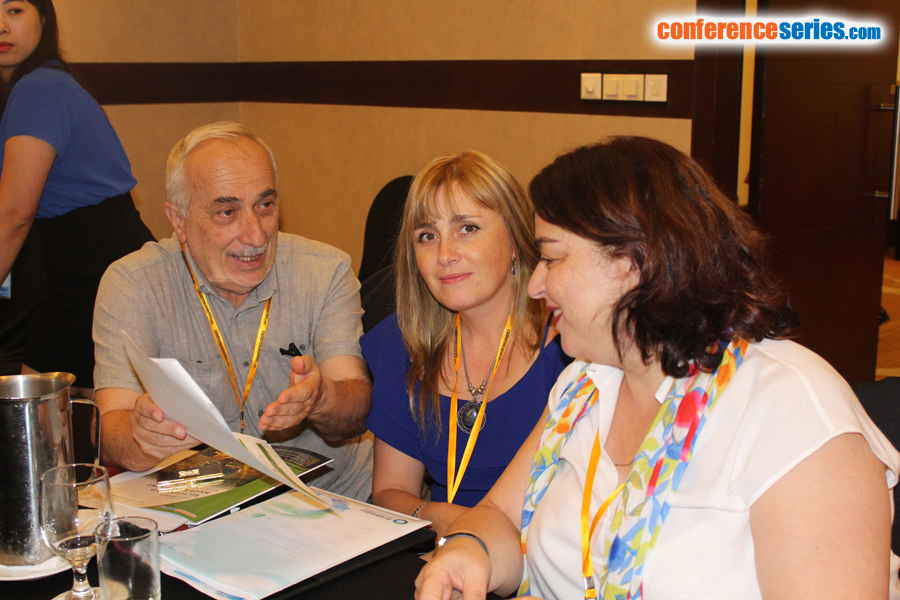
N Buachidze and Kh Chikviladze
Shota Rustaveli National Science Foundation, Georgia
Title: The chemical and microbiological analysis of the uncontrolled landfill sites in Eastern Georgia and its impact on the pollution of the surrounding areas
Biography
Biography: N Buachidze and Kh Chikviladze
Abstract
Presently in Georgia, there are 56 official landfills for non-hazardous waste off which only 36 are operating. However, it should be noted that there is no official landfill for construction waste or an operational landfill for hazardous waste. There are many uncontrolled landfills in Georgia. They are near resided territories, in the Gorges and near rivers. You can often meet hazardous waste on the landfills because Georgian legislation does not regulate hazardous waste management. Thus, uncontrolled landfills represent huge threat for regional population. Local governments in the regions and especially in villages cannot provide high-level cleaning service that results in different territories of accumulated dumped waste by years and amount. Often uncontrolled landfills are located near resided territories. Moreover, hazardous waste can also be dumped in the areas of uncontrolled landfills that may create a number of health-related problems for the population of the regions. In the framework of the study, the following types of work were carried out: Inventory of uncontrolled landfills on the territory of the eastern Georgia; identification of the hottest spots of the adjacent territories; identification of the list of pollutant ingredients common for landfills; in laboratory conditions analyzed samples (soil and water) were determined (heavy metals: Cu, Zn, As, Pb, Cd, Hg and intestine bacteria: E. coli, total coliforms, fecal streptococci); the analysis of physical and chemical parameters (pH, temperature, electrical conductivity, salinity and oxygen dissolved in water) of the so-called field analysis on the first day were carried out with the use of the latest mobile device. The results obtained (as in the laboratory as well as field) have been evaluated by the study group members and have made conclusions on the impact of uncontrolled landfills on the pollution of the surrounding territories and the health of people residing in the regions of their hazardous quality.
Speaker Presentations
Speaker PPTs Click Here



